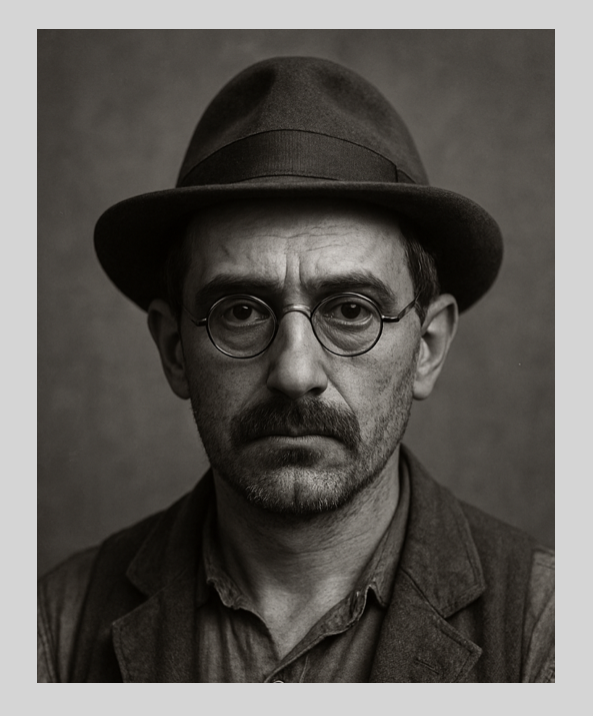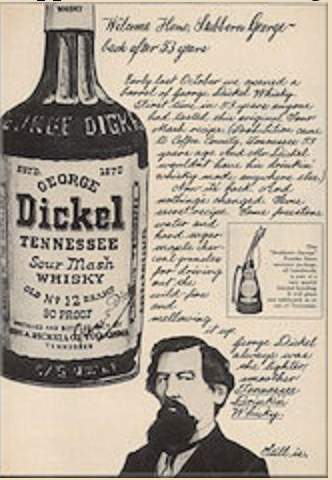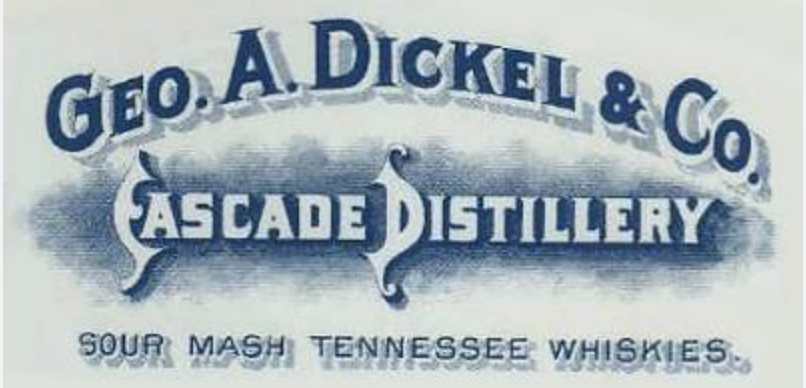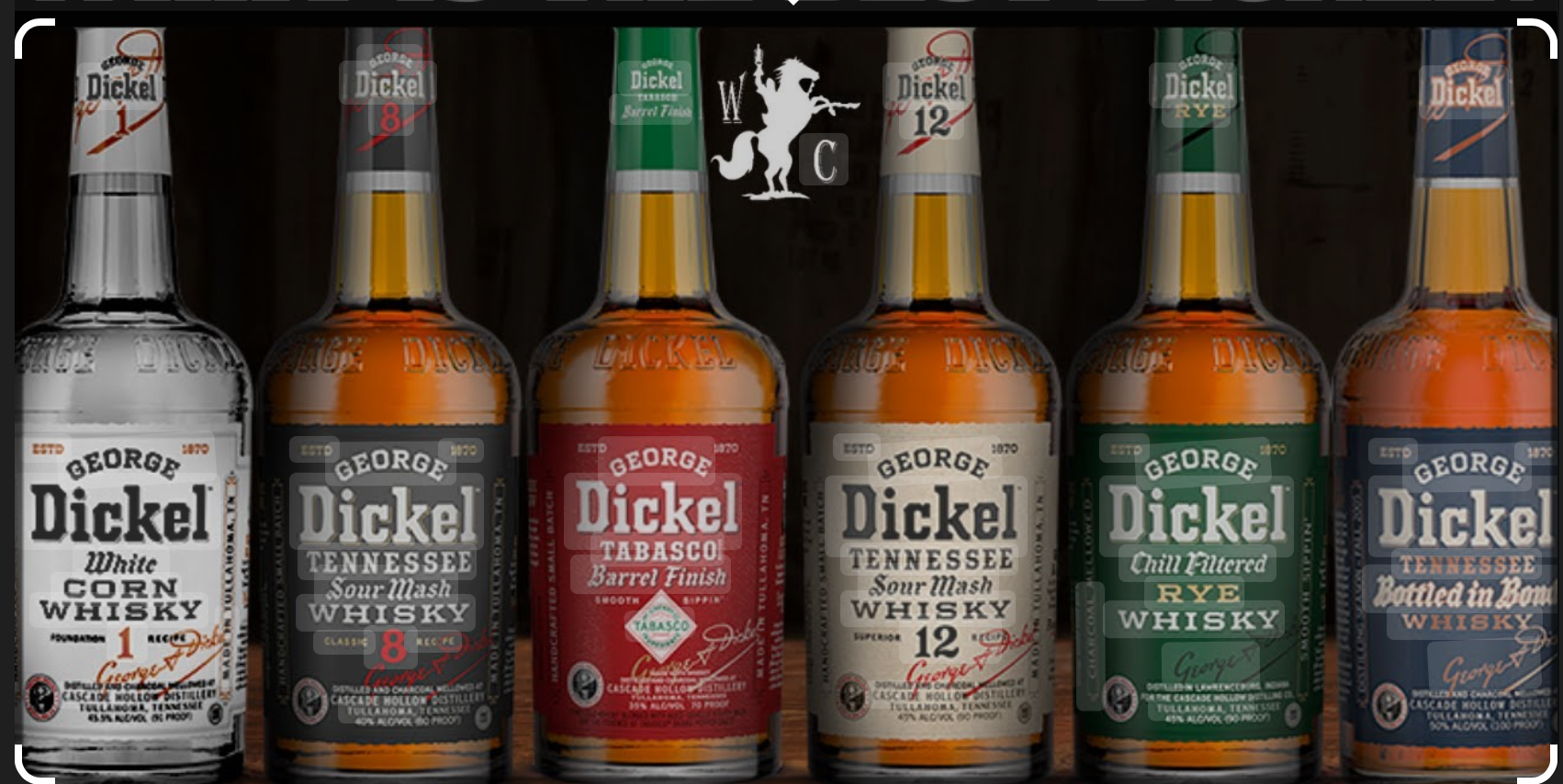Meyer Salzkotter
There are no known actual photographs of Meyer Salzkotter. Above is an AI-generated image of how he may have looked based on facts known about his life.
“Underappreciated Whiskey Partner”
Meyer Salzkotter (sometimes spelled Saltzkotter) was born in 1821, in Germany of Jewish ancestry. His early life remains shadowed by time, but it is clear that Salzkotter was, from the beginning, well-connected to the Schwabs, an influential Alsatian family, all of whom had immigrated to the U.S. and settled in Nashville, Tennessee, in the 1840s. Unbeknownst to him at the time, Salzkotter was to become an important business associate of family patriarch Abraham Schwab (later spelled Shwab). Eventually, in about 1846, Salzkotter also married Cecilia Schwab, becoming Abraham’s son-in-law.
Salzkotter first entered the narrative of American whiskey when, in 1859, he became partners with George Augustus Dickel while Dickel was still transitioning from his life as a bootmaker to a liquor merchant in Nashville. By 1861, amid the turmoil of the Civil War and Nashville’s Union occupation, Dickel began selling liquor, while Salzkotter operated under the family brand of the Schwabs. Notably, in 1862, there was a harsh Union “crackdown” on illicit liquor, and Salzkotter was arrested and jailed for possessing contraband whiskey. During interrogation, he quickly admitted that his in-laws (the Shwabs) had saddled him with the booze; he served six months despite his confession. Upon being released, his wife, Cecilia Schwab, unappreciative of having her family thrown under the bus, immediately divorced Salzkotter. Notably, the Shwabs were never charged with a single crime, which suggests that it is highly possible that arresting troops turned a blind eye to the Shwabs by making Salzkotter a scapegoat, and perhaps being compensated with unknown quantities of Dickel’s whiskey.
After the war, as 1865 dawned, Dickel opened a new liquor store on South College Street and soon moved the business to a busier location on South Market Street. Despite now being divorced from the Shwab family, the resilient Salzkotter was brought back in as a superintendent for Dickel’s growing enterprise. He also collaborated with Victor Emmanuel Schwab (Cecilia’s brother) as bookkeeper, showing that even in those early days of American distilling, deep personal and professional ties often overlapped in the liquor trade, with business usually trumping personal issues.
By 1867, the now well-to-do Dickel was momentarily arrested for “rectifying liquor without a license,” a common charge in those days, though his growing business pressed on unimpeded. By 1870, Dickel had formally established George A. Dickel & Company, and almost immediately became a major wholesale liquor firm that was headquartered on busy North Market Street. At this point, Salzkotter was explicitly recognized as a partner in the enterprise.
One year earlier, in 1869, Salzkotter had married 25-year-old Rachel Hainsfurter, also a German Jew from Ulm, Germany, who was 23 years younger than the now-48-year-old Salzkotter.
The years that followed marked vibrant growth. Dickel’s firm purchased whiskey from regional distillers, most notably the Cascade Hollow distillery in Coffee County, famous for its pure limestone-fed water. By 1883, Dickel became the exclusive marketer of that whisky, later known as Cascade Pure Tennessee Whisky, or “Mellow as Moonlight.” Taking a hankering to the product, about two years later, Dickel bought the Cascade Distillery outright and started selling only his own whiskey. Dickel soon retired, comfortably, to his stately home in Nashville, with his wife Augusta.
Dickel print ads from the early 1900s
Salzkotter’s contributions, while less individually documented than those of Dickel and Shwab, were part of the solid foundation that Dickel & Co. built in the 1870s and 1880s. However, failing health began to take its toll. In 1888, Salzkotter retired from the whiskey business due to declining health; two years later, in 1891, Meyer Salzkotter passed away in Nashville at the age of 70.
Rachel Hainsfurter Salzkotter returned to Germany soon after her husband's death, taking care of her ailing parents until their demise, but later returned to her adopted home in Tennessee, where she spent the rest of her life, living to the age of 90 and finally passing away in 1934. Historical records are sparse, but it does not appear that Meyer Salzkotter ever produced any offspring, either by Cecelia or by Rachel.
Meyer Salzkotter’s story is one of quiet sacrifice, the kind that history often overlooks. While his partners often stood in the spotlight collecting praise and reward, Salzkotter labored, mostly unremarked, in the shadows. In many ways, Salzkotter’s legacy is a reminder that success is rarely the product of a single figure, but of unhonored effort, persistence, and devotion that too often goes unseen.
Contributed by Tracy McLemore, Fairview, Tennessee







